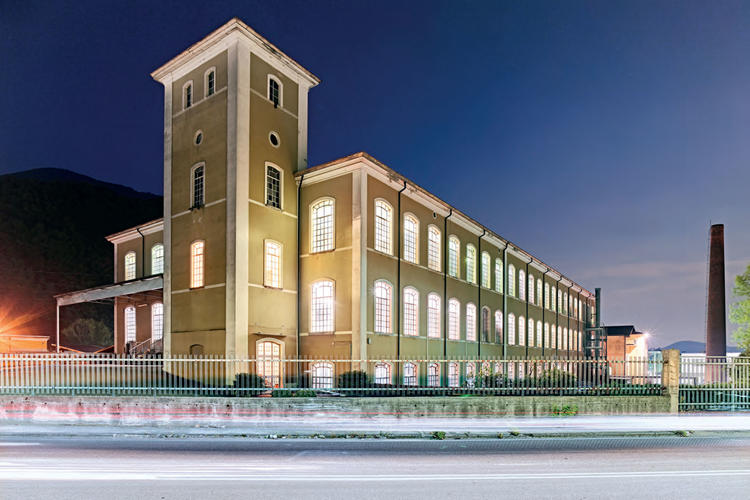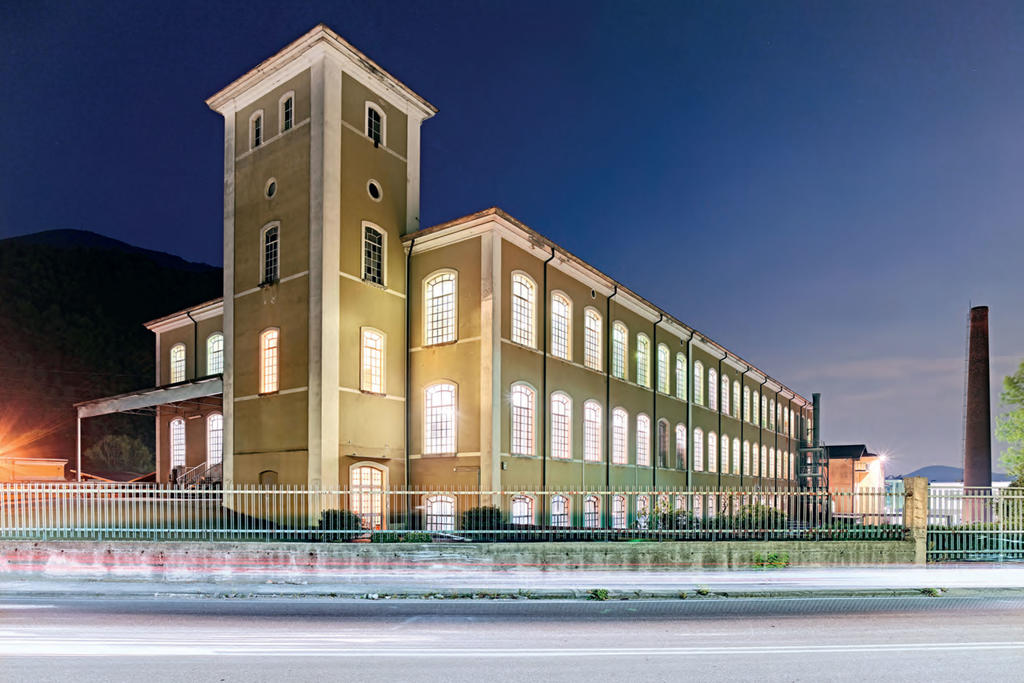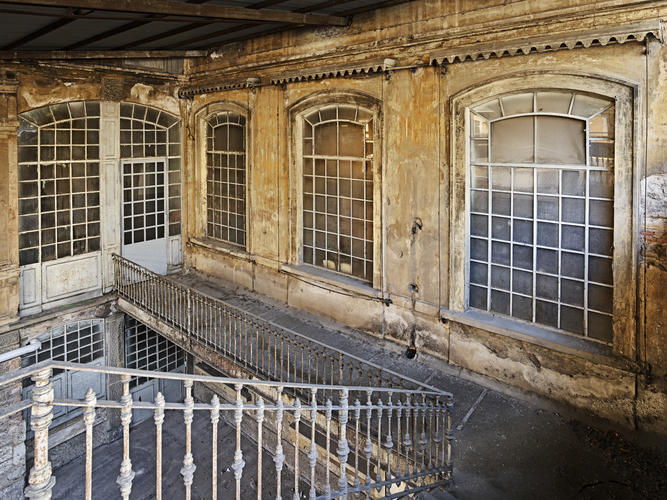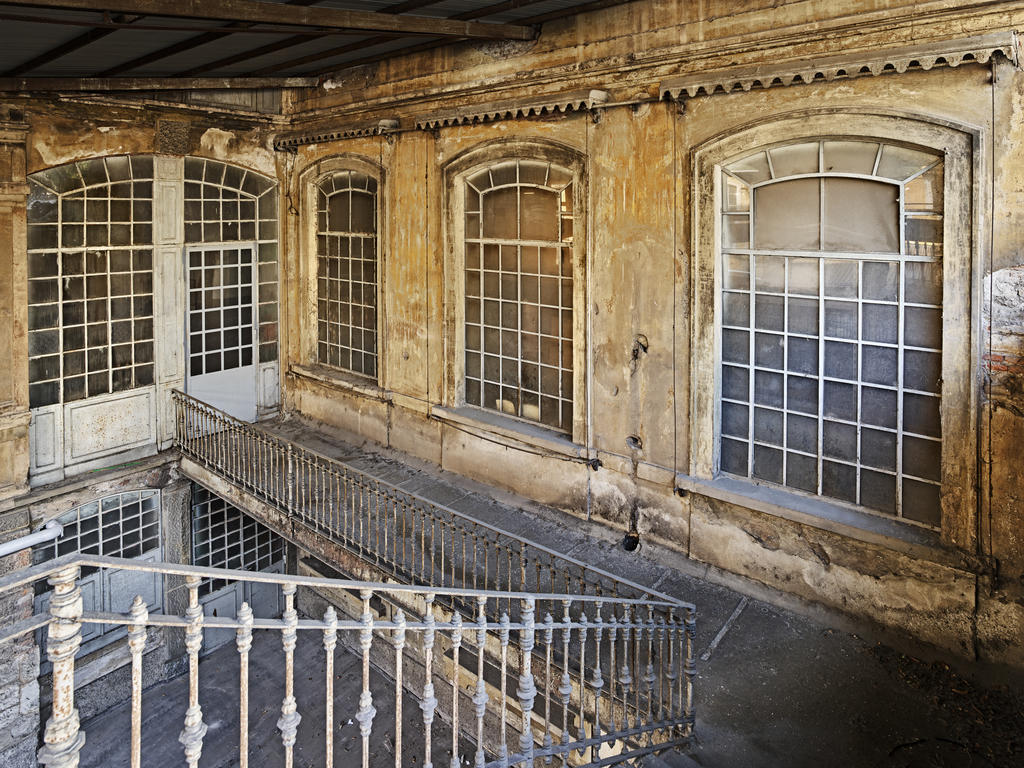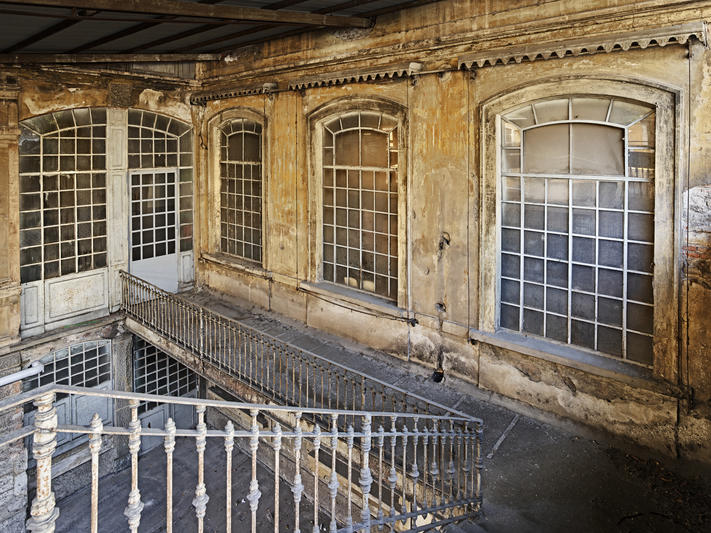Every beginning
is only a sequel, after all,
and the book of events
is always open halfway through.
(Wislawa Szymborska)
With the images of Luca Campigotto and the words of Andrea Valcalda, we wanted to mark a milestone in our company path, which is now eighty years old.
We have chosen to do so by offering us a wider space than the economic context, a view made up of art and thought, which embraces a humanism within which lies our history of people who do business.
Changing in a changing world while remaining faithful to one’s identity and values, realizing one’s potential with coherence, constantly facing new choices, is a daily exercise that needs trust, enthusiasm and vision of the future.
We at Inoxriv want to have them for many more years...
Aurora Rivadossi
Inoxriv spa CEO
